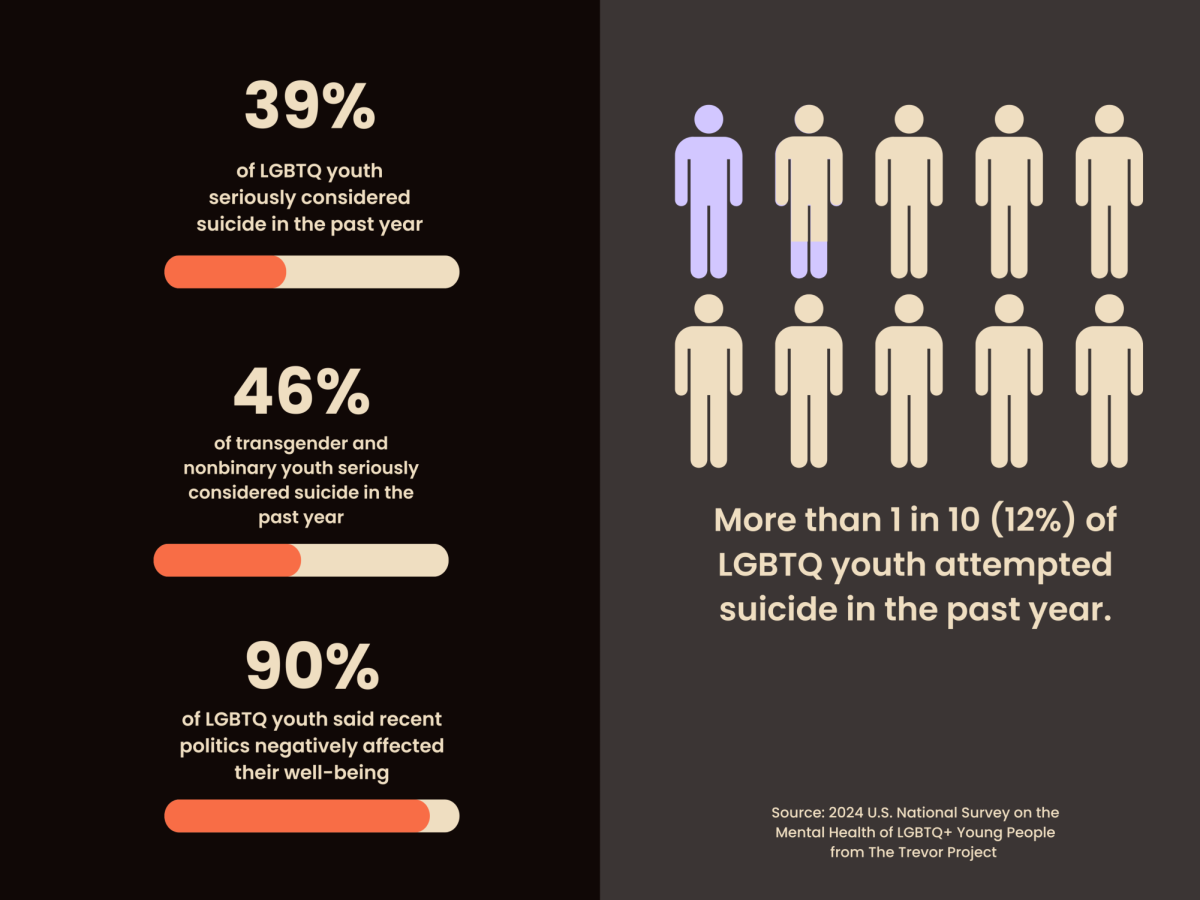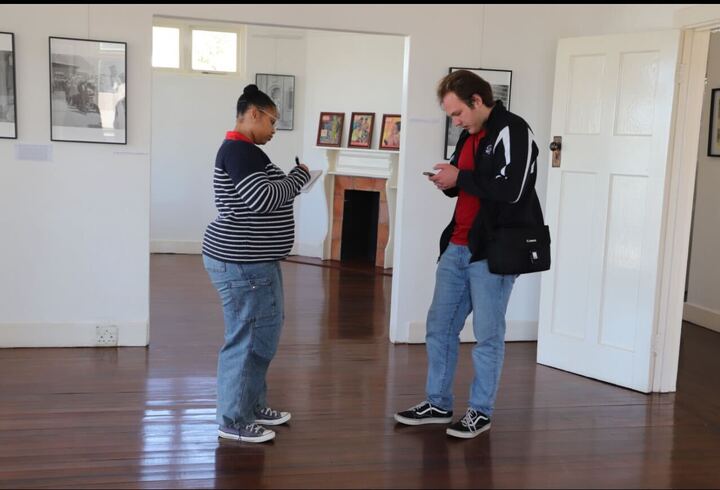The scourge of stereotypes on the legacies of women
Close your eyes and visualize a scientist working in the lab. Chances are you visualized a white male working with his peers, no women in sight.
We have to consider all the men throughout history who have made ground-breaking discoveries in science, technology, engineering and mathematics (STEM).
We also must consider some women at the forefront of science and technology who were often left in the shadows of their male counterparts.
Galileo Galilei, Isaac Newton, Thomas Edison and Albert Einstein have important scientific legacies. No one can dispute the fact that these men earned the recognition that they did.
They were pioneers in the study of astronomy, physics, mathematics and engineering. Unfortunately, some women who could have become pioneers in these same fields had neither the opportunity nor the voice to do so.
For example, in 1953, James Watson and Francis Crick discovered the molecular structure of DNA based on the fundamental studies conducted by Rosalind Franklin through X-ray Crystallography.
While her work was acknowledged, Watson and Crick were awarded the prestigious Nobel Prize in Physiology.
Marie Curie gave her life in the process of discovering radioactivity, earning Nobel prizes in two different fields of science.
But if I were to ask you, “Who is Marie Curie?” I would be surprised if you knew her at all.
Most recently, only through the 2016 movie, “Hidden Figures,” did we come to know of the crucial efforts of Katherine Johnson, who calculated trajectories for several NASA missions.
From my perspective as a black woman in STEM, seeing that black women navigated the mathematical and scientific calculations for men to go into space, amazed, yet frustrated me.
Without these women, history would not have been made in the U.S.
Why were the legacies of these women not propelled to the forefront of science? Without Johnson’s expertise in mathematics, the Space Race wouldn’t have been a contest and the U.S. wouldn’t have gotten to the moon as soon as they did.
The way history is written, women’s legacies in science are overshadowed by the men who took the credit.
Henrietta Lacks, another unknown woman to the world of science, had cells taken from her without her knowledge.
The scientists who took them discovered the power of these super-resistant cells, later named HeLa cells.
The cells were modified by scientists and would later be invaluable in the development of the polio vaccine, in vitro fertilization, and chemotherapy drugs.
An overwhelming number of Nobel prizes have been awarded for discoveries founded upon these cells.
One such scientist was German virologist, Harald zur Hausen, who received a Nobel prize for his discovery in the ‘80s regarding HPV and its relationship with HeLa cells.
Women have been and continue to contribute to STEM fields in profound ways, but these contributions are not recognized as they should be.
Women are still fighting against these same stereotypes and the perception that they are illogical, emotional and unreasonable.
This close-mindedness has to stop.
We can’t turn a blind eye to the fact that women who have done so much are still hidden in the shadows. Some women have even had recognition for their scientific accomplishments stripped away.
As a woman in STEM, I fear that in the future when I begin my work as a scientist or doctor, my discoveries and efforts may go unnoticed or may not be given full credit because of stereotypes perpetuated in the past.
There is much more at play than the capabilities of women in STEM.
Unfortunately, there are existing stereotypes that we must grow out of. And we will never grow out of them if women are not given the recognition they deserve.








































